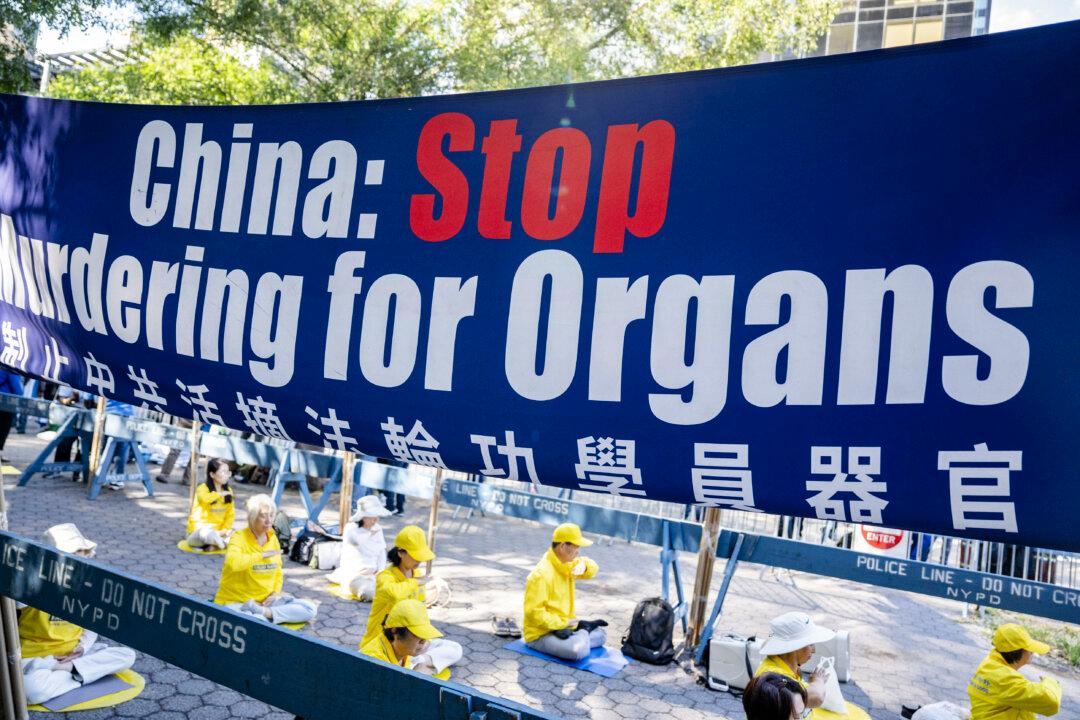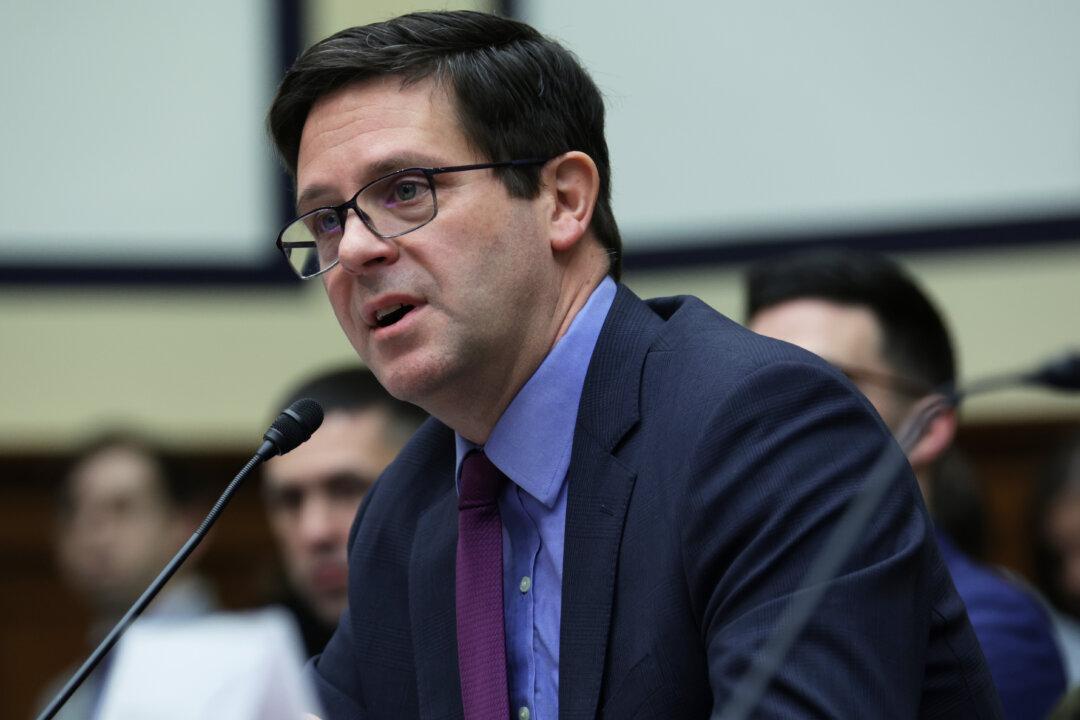Cigarette smokers in over 65 countries in the world are forced to reflect a little on their addiction when facing gory pictures of diseased lungs, throats, and other organs on their cigarette packages. But the state tobacco administration in China recently decided to continue to spare hundreds of millions of smokers this visceral reminder of their fate, a move that sparked criticism from Chinese Internet users.
Speaking to reporters on the sidelines of the annual session of China’s rubber-stamp legislature, Duan Tieli, the vice minister of China’s State Tobacco Monopoly Administration, said China has no plans to stick graphic warning labels on cigarette packages because doing so would “violate Chinese traditional culture,” according to the state-run Legal Evening News on March 15. Duan added that China would not be violating the World Health Organization’s Framework Convention on Tobacco Control, which China signed in 2003.
It just so happens that it would also severely harm the state monopoly based on selling cigarettes.
According to Article 11 of the tobacco convention, the packaging of tobacco products should carry health warning messages. Tobacco products sold in China currently meet the convention’s minimum requirements of having a written health warning covering at least 30 percent of the principal display area.
Most countries around the world adopt the tobacco convention’s stricter requirements. For instance, the U.S. Food and Drug Administration requires tobacco products to display graphic warning labels on the entire top half of both front and rear panels of cigarette packages.
Graphic warning labels have proven to be more effective in motivating people to quit smoking than text-only warnings and plain packaging, according to the scientific journal Addictive Behaviors Reports. According to Raymond S. Naiura, director of science at the Schroeder Institute for Tobacco Research and Policy Studies at Truth Initiative in Washington, “regulators can and should use this research to craft more effective warning labels and messages to smokers that both deliver facts about the negative effects of smoking, and trigger thoughts and actions that move smokers toward quitting.”
On Sina Weibo, China’s Twitter-like social networking service, netizens censured China’s tobacco control agency official Duan Tieli for his remarks, and said it pointed to a serious, underlying problem within China. A Chongqing netizen going by the name “Village Mushroom” wrote: “The tobacco administration chief’s income would take a hit if warning pictures were added.”
“Does the tobacco administration have no shame now when it comes to making money?” asked “Laksa_Berlin,” a netizen from Shanghai.
“Senior Xie Talks” from Shandong Province wrote: “The Qing rulers once passed a law to stop smoking. The people or renminbi; it has become very clear whom the current bureau serves. The entire system fundamentally doesn’t serve the people.”
During the rule of Emperor Kangxi of the Qing Dynasty (1644–1912), those who possessed tobacco faced the death penalty. This national tobacco ban was expanded from the one that was first implemented during the Ming Dynasty (1368–1644), which only applied to tobacco addicts.
The Qing rulers, however, weren’t able to completely stamp out the imports of tobacco and opium into China during a period of imperialism by the mid-19th century. In the 20th century, both the Nationalist government and the Chinese Communist Party made abortive attempts to stamp out tobacco consumption. As of June 2015, there were about 300 million smokers in China, and about 1.4 million annual deaths from smoking-related illnesses, according to People’s Daily, the Party mouthpiece.
Compromised Gatekeeper
Today, the Chinese regime enjoys a near total monopoly over the sale of tobacco products in China—China Tobacco, the world’s largest tobacco manufacturer, is a state-run entity. According to a January 2016 Xinhua report, the tobacco administration collected a princely 1.14 trillion yuan (about $175 billion) in tax revenue in 2015, an increase of 20.2 percent from a year earlier.

Because China’s tobacco manufacturers and regulators are one and the same, unlike in the United States, Chinese netizens are concerned that the state tobacco administration will prioritize profiting off Chinese citizens, by not placing graphic warning labels on cigarette packages, rather than looking out for their health.
The tobacco administration does, however, add graphic warning labels to the packaging of cigarettes it exports to countries that require the labels, such as Thailand and Hong Kong.




